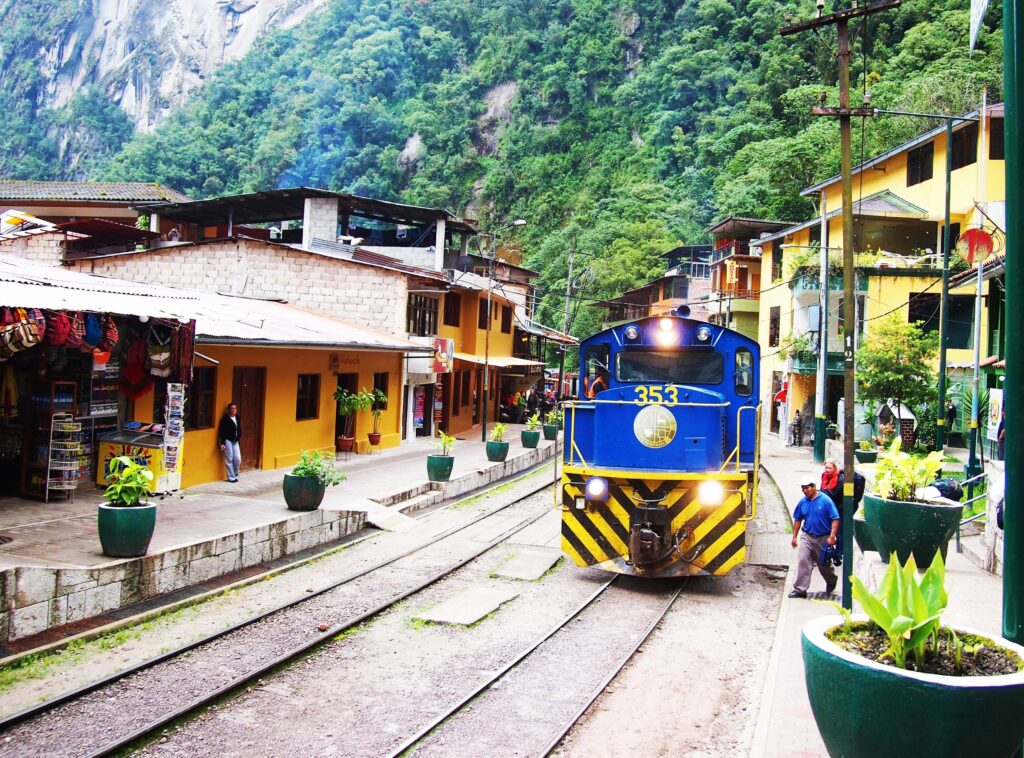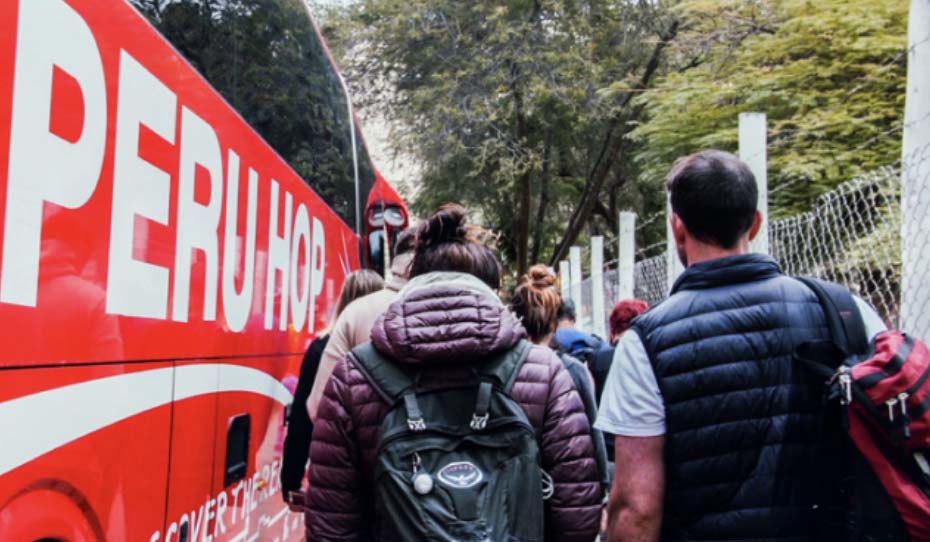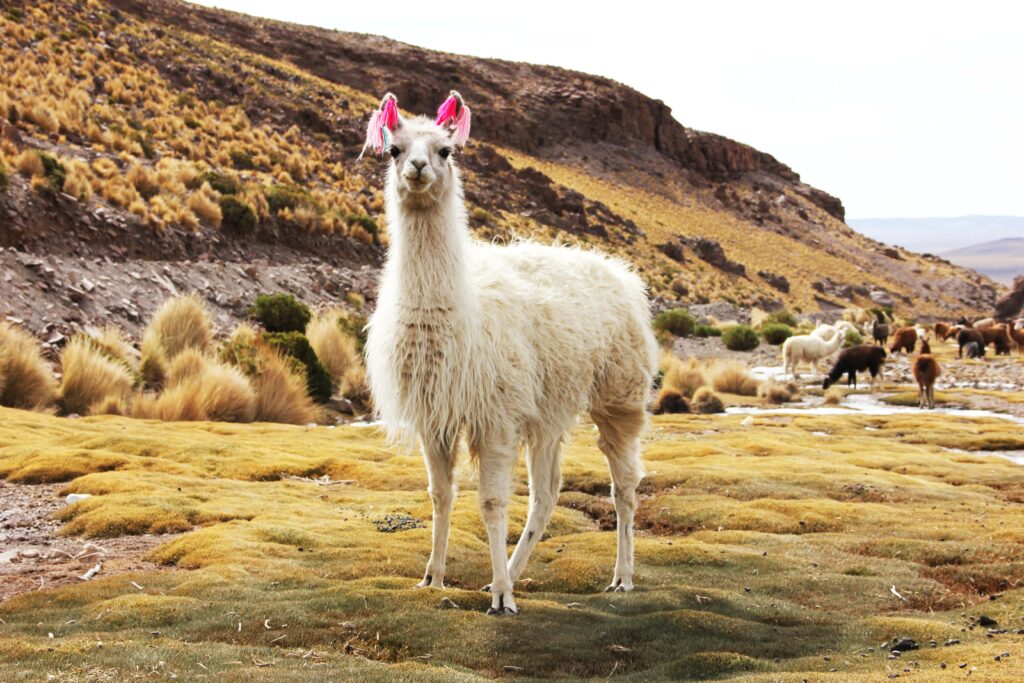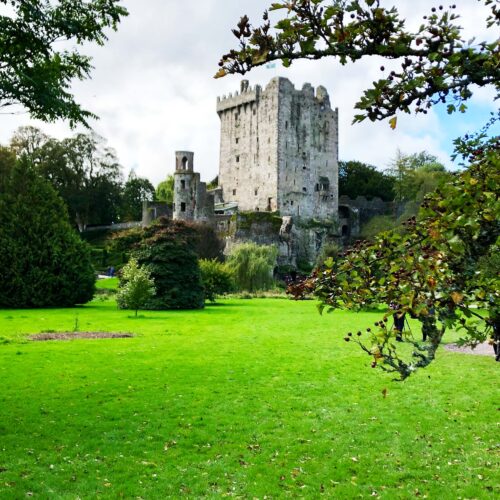Explore Top Transportation Options, Tips, and Tricks for an Unforgettable Journey from Peru’s Capital to the Ancient Inca Capital
 Transportation between Lima and Cusco is essential for travelers looking to explore both cities during their trip. Several options are available for getting from Lima to Cusco, each with its advantages and disadvantages.
Transportation between Lima and Cusco is essential for travelers looking to explore both cities during their trip. Several options are available for getting from Lima to Cusco, each with its advantages and disadvantages.
Lima and Cusco are two of Peru’s most popular tourist destinations, each offering visitors a unique experience. While Lima is known for its vibrant culture, historical landmarks, and bustling food scene, Cusco boasts a rich history, stunning architecture, and breathtaking natural beauty.
In this info, we will explore the different modes of transportation available and provide some tips to help you choose the best option for your journey.
Lima to Cusco:
Lima is a coastal city on the Pacific Ocean. Cusco, formally the capital of the Inca’s ancient civilization, is in the Andes Mountains, just south east of Lima. Since Lima is one of the major gateways into South America, especially the country’s entrance point to get to Machu Picchu, its infrastructure is solid.
Lima to Cusco by plane:
The most efficient and quickest way to get from Lima to Cusco is by flight. It tends to be a more expensive proposition in comparison to ground travel, but for those on a tight schedule, it’s really the only option.
There are several daily and direct flights from Lima to Cusco– Lima’s Jorge Chavez International to Cusco’s Velasco Astete International Airport. Flight time is an hour. Best to schedule a morning flight out, because afternoon’s can prove challenging to pilots navigating the Andes temperamental weather patterns.
Lima to Cusco by bus:

The other Lima to Cusco option is to travel the long distance by bus with a Lima to Cusco itinerary. There are several tour bus companies to chose from, and this option can afford travelers a more in-depth experience of the country from fantastic views of farm lands once outside of Lima, photo ops at rest stops, and points of interests travelers would miss by the flying option.
There are two routes from Lima to Cusco to chose from. One is to leave Lima through the town of Arequipa into the Andes, which is considered a slower and safer routing to get to Cusco. The other is for those who aren’t plagued by bus-sickness on windy roads. The path cuts directly across the Andes, complete with switchbacks and rough roads.
All in all, the faster route can shave off a couple of hours off the slower 26-hour (longer) routing.
Make sure that the company you are dealing with is reputable. Companies such as Tepsa Bus Tours (shorter routing), PeruHOP (longer routing) and Cruz del Sur (shorter routing) are most preferable among travelers.
A little more convoluted routing is by utilizing a bus tour company with a train ride, which includes stops at Arequipa, Puno and Lake Titicaca.
Here’s a sample itinerary:
Tour bus from Lima to Arequipa. Connect to another bus to Puno/Lake Titicaca.
Once there, book the $55.00 (approx) train ticket on PeruRail (train) from Puno– a nine hour sojourn to Cusco, which is worth it for adventurers who can fit a train jaunt into their schedule.
Note: The quicker routing tour buses tend to be hijacked and passengers robbed more than the longer routing ones. Leave valuables at home, and be aware that this could be a possibility when choosing a shorter routing option. PeruHOP takes extra precautions by scheduling longer routing to avoid these incidents.
Did you know?
The PeruRail journey takes approximately 10 hours and offers stunning views of the Andean landscape, including mountain ranges, valleys, and rushing rivers. The train has various classes of service, including luxury options that feature gourmet meals and entertainment, as well as backpacker options for more budget-conscious travelers.
A little history:
PeruRail is a railway company that operates train services in southern Peru, including the famous route from Cusco to Machu Picchu. The company was founded in 1999 after the privatization of the national railway company, and it has since become a significant player in Peru’s tourism industry. PeruRail has invested heavily in modernizing its trains and infrastructure.

These days, it offers a range of services, including luxury and backpacker trains and tourist packages that include transportation, accommodation, and guided tours. The company is committed to preserving Peru’s cultural and natural heritage and works closely with local communities to promote sustainable tourism in the region.


